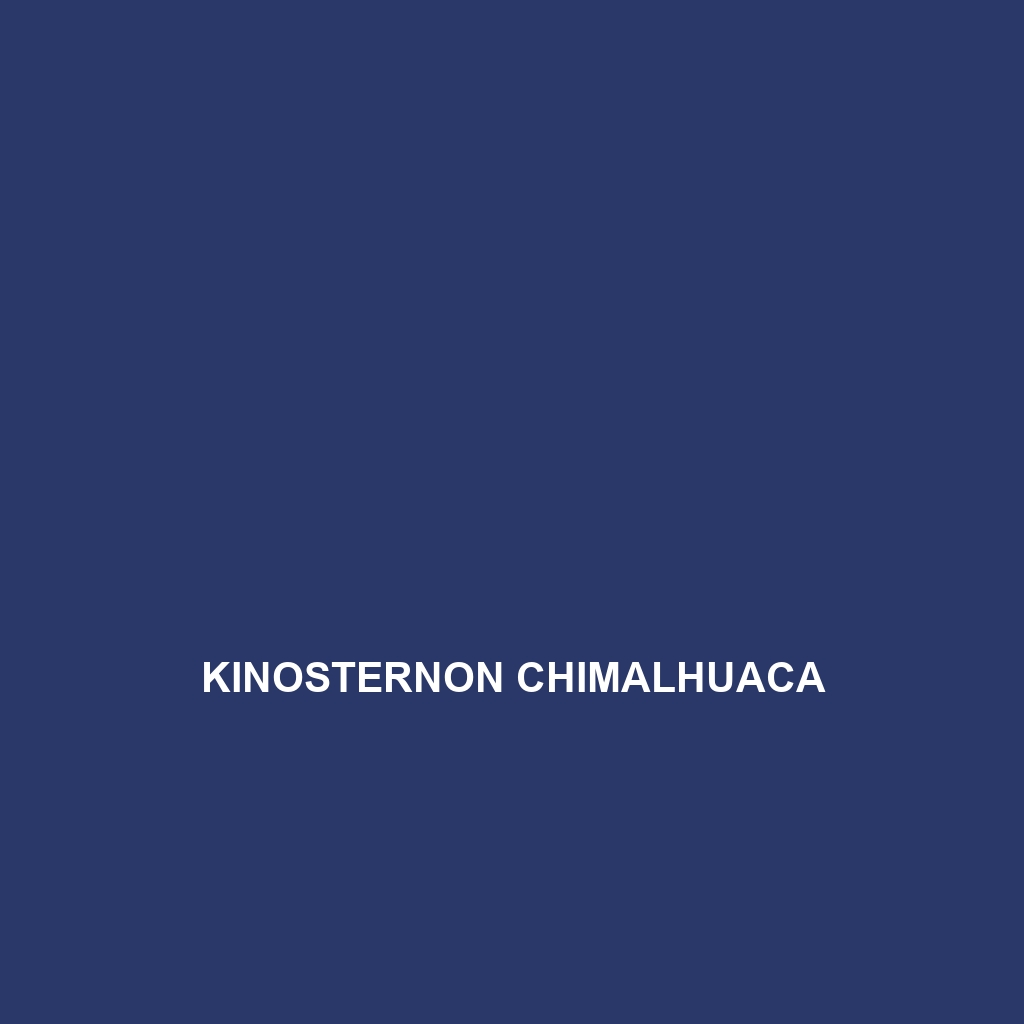Common Name
Kinosternon baurii
Scientific Name
Kinosternon baurii
Habitat
Kinosternon baurii, commonly known as Baur’s Mud Turtle, is primarily found in the southeastern United States, particularly in regions of Florida and southern Georgia. This species thrives in freshwater habitats, including swamps, wetlands, and marshes, which are rich in aquatic vegetation. Typically, it favors slow-moving waters with abundant submerged plants, allowing it to hide from predators and hunt for food. The climate in these areas is generally humid, characterized by warm temperatures and seasonal rainfall, which maintains the necessary moisture levels in their habitat. Baur’s Mud Turtles can often be spotted basking on logs or rocks during sunny days, especially in regions with temperate forests and subtropical areas.
Physical Characteristics
Baur’s Mud Turtle typically measures about 4 to 6 inches in shell length, making it a small to medium-sized turtle in the Kinosternidae family. The dorsal shell, or carapace, is smooth and can range from a brownish to olive green color, featuring subtle patterns that provide camouflage among the muddy waters of its habitat. A distinct characteristic of Kinosternon baurii is its hinged plastron, which allows it to close tightly when threatened. This adaptation provides a significant advantage against predators. The turtle’s limbs are slender and webbed, facilitating agile movement in water, while its slightly pointed snout helps in foraging for food among aquatic plants.
Behavior
Kinosternon baurii exhibits a variety of fascinating behaviors typical of its species. These turtles are primarily diurnal, meaning they are most active during the day; however, they can also display nocturnal behavior, especially in warmer months when they hunt for food. During the mating season, which typically occurs in spring, males engage in elaborate mating rituals, including courtship displays where they may perform head bobbing and swimming in circles around the females. Social interactions are generally limited to mating and territorial disputes, which can lead to aggressive behavior among males.
Diet
Kinosternon baurii is classified as an omnivore, with a diet that primarily consists of aquatic plants, insects, crustaceans, and small fish. During warmer seasons, they actively forage during the day, using their keen sense of smell to locate food. This turtle plays a significant role in its ecosystem by contributing to both plant control and the food web. While the majority of its diet consists of plant matter, it opportunistically consumes animal matter when available, showcasing its adaptability.
Reproduction
The reproductive cycle of Kinosternon baurii typically commences in late spring or early summer when mating occurs. After successful copulation, females lay clutches of approximately 2 to 6 eggs in sandy or loose soil near the water’s edge. The average gestation period lasts around 60 to 90 days, after which hatchlings emerge in the fall. These young turtles are independent from birth, as parental care is minimal. Hatchlings are often vulnerable to predation from birds and small mammals, stressing the importance of nesting site selection for survival.
Conservation Status
According to the IUCN Red List, Kinosternon baurii is currently classified as “Least Concern.” However, it faces challenges due to habitat loss from urban development, pollution, and agricultural expansions. Conservation efforts are essential to ensure the maintenance of healthy populations in their native habitats. Local organizations and wildlife agencies are working to restore wetlands and promote public awareness regarding the ecological significance of preserving Baur’s Mud Turtle.
Interesting Facts
Kinosternon baurii exhibits some intriguing behaviors. For example, these turtles can hold their breath for extended periods, allowing them to stay submerged while foraging for food or camouflaging from predators. Additionally, their plastron is not only a protective feature but also plays a role in buoyancy control. During colder months, they enter a state of brumation, a hibernation-like behavior, where their metabolism decreases significantly, allowing them to survive in the face of limited resources.
Role in Ecosystem
Kinosternon baurii plays an essential role in its ecosystem as both a herbivore and a predator. By feeding on aquatic plants, it helps maintain the balance of vegetation in freshwater environments, promoting healthy waterways. Furthermore, as they consume insects and small aquatic creatures, these turtles contribute to controlling pest populations. This balanced diet and their position in the food chain underscore their ecological importance, marking them as a vital component in maintaining the health of their habitats.
